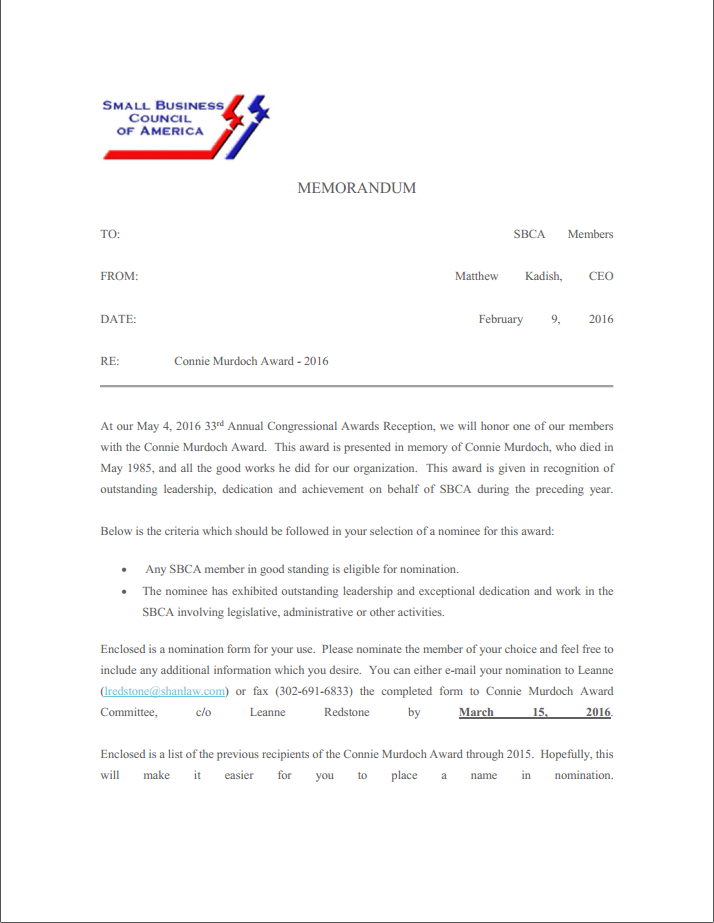Last fall the Department of Labor (DOL) went back to the drawing board for the third time in less than ten years to propose modifications to the exemptions to Fair Labor Standards Act (FLSA) overtime rules for certain white collar employees (executive, administrative, professional, and computing positions) and highly compensated employees.
The Office of Management and Budget (OBM) has now completed its review and the final rule is expected to be released any day now. Accordingly, before that happens, we thought it would be helpful to provide some background on the history of the rulemaking and what is expected from the new rule.
The FLSA was first signed into law in 1938. Historically, the regulations enforcing the FLSA provided for two different tests (commonly known as the “long” and “short” tests) under which white collar and highly compensated workers could qualify as exempt from the FLSA overtime pay requirements. In 2004, under the Bush Administration, the DOL issued revised regulations which set out a single test that has been in use since that time. Under this framework which remains in effect today, in order to be exempt from overtime under one of the white-collar or highly compensated exemptions, the employee must be paid a certain minimum salary and have duties that fit into one of the specified categories of exemption. Under the regulations each of the white-collar exemptions – for executive, administrative, professional and computer employees – have their own duties requirements that must be satisfied in order for an employee to qualify for the exemption, regardless of what their salary is. The two-part nature of the test often trips employers up as there is a common misconception that as long as someone is paid a salary they are exempt from overtime when, in fact, both the minimum salary and the duties requirements must be satisfied for the employee to be exempt. The highly compensated exemption applies similar principles as the white-collar exemptions but allows employees to qualify as exempt by meeting some, but not all, of the duties requirements of the white-collar exemption as long as they are paid a specified minimum salary that is significantly higher than the white collar salary requirement.
Because of the regulatory guidance and case law that has developed to help flesh out and provide clarity on the duties side of exemption test, the DOL has been reticent to make changes to this area and employer and small business groups, including the SBCA, have consistently urged them not to. Since 2004, the focus has instead been on what the minimum salary should be for an employee to qualify as exempt under one of the white-collar or the highly compensated exemptions.
In 2016, the Obama Administration issued new rules that would have increased the salary threshold for the white-collar exemption from $55 per week ($23,660 annually) to $913 per week ($47,476 annually) and the threshold for the highly compensated exemption from $100,000 annually to $134,000 annually. These thresholds would have automatically updated every three years. However, in November 2016, a federal judge issued an injunction blocking the rules on the eve of their effective date. The injunction was the result of a lawsuit asserting that the DOL had overstepped its rulemaking authority in issuing the rules.
The timing of the 2016 injunction was critical in that, by the time the deadline to appeal the decision came around, the Obama Administration had been replaced by the Trump Administration. Rather than continuing the legal fight in support of the Obama Administration’s rules, the DOL under the Trump Administration decided to walk away from those rules and instead began the rulemaking process anew – ultimately issuing a final set of rules which went into effect on January 1, 2020. The Trump-era rules which increased the minimum salary for the white collar exemptions to $684 per week (or $35,568 annually) and the minimum salary for the highly compensated exemption to $107,432 annually. These rules do not provide for any future automatic adjustments.
Further changes to the overtime rules have been anticipated since President Biden took office but the DOL only just issued new proposed rules at the end of August 2023. The pressure has now been on the DOL to finalize the rules before the date when the rules would be subject to review by the new Congress that will take office in January 2025 (see our upcoming alert on the Congressional Review Act for more on this).
The latest proposed rules would increase the minimum salary for the white-collar exemptions to $1,059 per week (or $55,068 annually) and the minimum salary for the highly compensated exemption to $143,988 annually. Like the Obama-era rules, the new proposed rules include a feature to automatically update the threshold every three years based on updated wage data. The final rules are largely expected to track the proposed rules, though the minimum salary thresholds may end up being slightly higher to reflect the latest wage data.
Assuming the final rules are released in the coming week or two, they are expected to go into effect in June of this year. However, we anticipate legal challenges. The SBCA will continue to monitor and will follow up with an alert when the final rules are issued.
Upcoming Events
SBCA Public Affairs Day and 41st Annual Congressional Awards Reception – May 8, 2024, The Willard Hotel, Washington, DC – Register today! Contact Leanne Redstone at lredstone@shanlaw.com for details.


